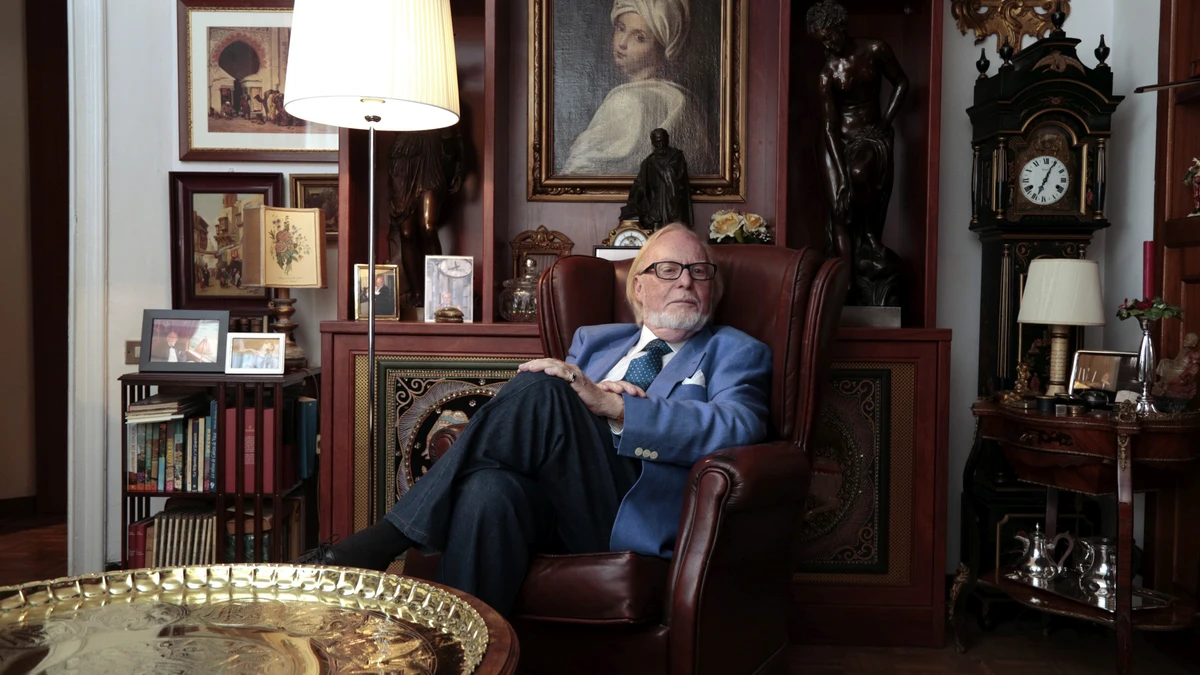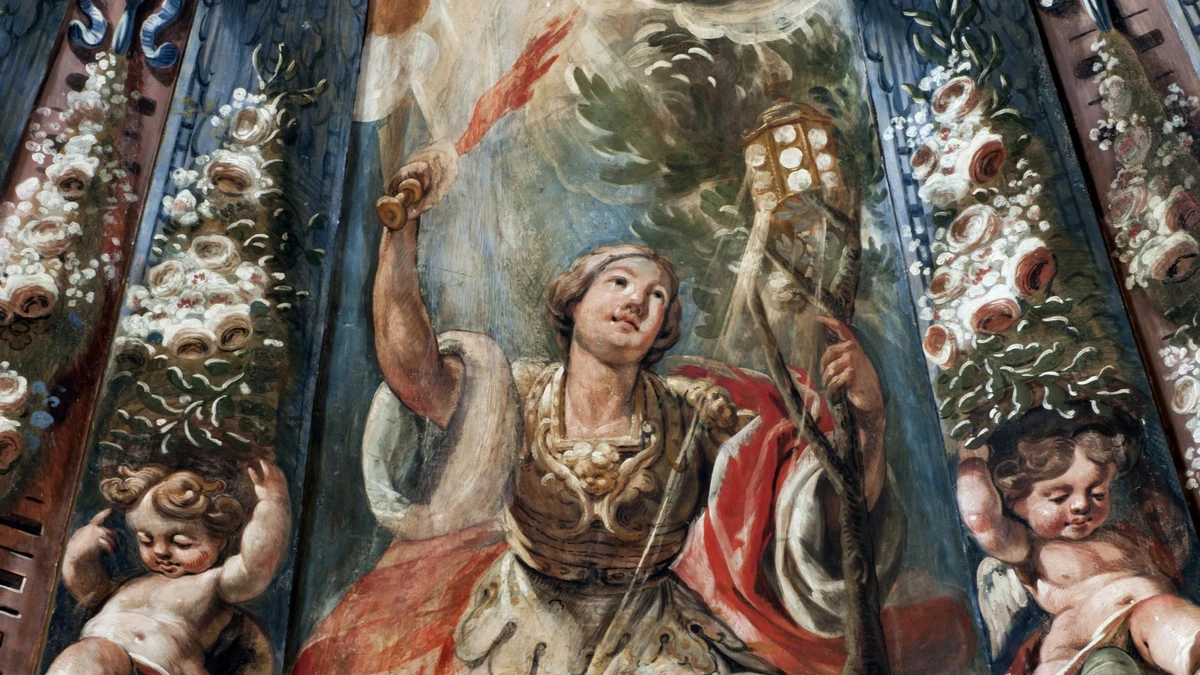That breeze Chicagoans just felt was the business community’s collective sigh of relief that Lori Lightfoot’s LaSalle Reimagined initiative has Mayor Brandon Johnson’s support.
City Hall had been sending mainly positive signals about the plan to repurpose several office buildings on Chicago’s iconic downtown street for apartments. But there was no formal endorsement until the administration on Wednesday said it would request City Council approval of some $151 million in tax-increment-financing (TIF) support for four buildings. The subsidies will account for nearly 30% of the $517 million in total investment for the residential portions of the projects.
Mayor Johnson deserves credit for backing a plan hatched by his predecessor. He also should be lauded for making a priority of revitalizing the Loop, still wheezing after the pandemic’s blow to the workplace we once knew.
LaSalle Street for more than a century was Chicago’s Wall Street — its premiere financial thoroughfare. Where did ticker-tape parades take place? LaSalle Street. The view south on LaSalle culminating in the gorgeous, art deco Chicago Board of Trade building remains (to employ an overused word) iconic.
The street already had seen better days even before COVID-19. Many of the banks that had called LaSalle Street their home had decamped for glitzier new towers on Wacker Drive, closer to the train stations transporting suburban workers. The pandemic was the final blow.
The LaSalle Street buildings, many of them vintage, are worth preserving, though. Repurposing them for uses other than offices is the logical move. Developers got to work, and the city has opted to help bankroll four promising projects, with a few others soon to be ripe for consideration.
Despite the administration’s positive words about LaSalle Reimagined, its actions in the early months after Johnson took office caused worries among developers and the downtown aldermen who supported the initiative. To balance his first budget, the mayor used a record $434 million in TIF surpluses to close most of the gap, including substantial amounts from the LaSalle Street TIF.
Now that he’s moving forward, Johnson has trimmed the TIF allocations to the four projects that were initially requested. Administration officials told the Tribune the financing for the four has gotten more creative, including federal loans. Developers smartly are seeking to take advantage of federal help available for preserving historic buildings.
What developers plan to produce collectively is 1,000 new units of housing, nearly a third of which would be “affordable.” That would generate more badly needed foot traffic in the heart of the Loop, helping to support restaurants and other businesses that can pivot from serving worker bees to residents (or, ideally, a mix of the two). Rehabbing the office buildings will lead in the future to more tax revenue for the city, schools and other public needs, since the buildings won’t have become near-empty husks with little value.
Pedestrians cross LaSalle Street in front of the Chicago Board of Trade building in the Loop on April 2, 2024. (Eileen T. Meslar/Chicago Tribune)
As an aside, it’s interesting to see that Johnson, whose first year has been rocky to say the least, has gotten a better reception from those outside his progressive cheering section for pursuing ideas spawned by the Lightfoot administration than those he’s championed on his own. LaSalle Reimagined is but one. Team Johnson has seized, too, on the Lightfoot plan to float bonds supported by revenues from expiring TIF districts for housing and economic development — a proposal the business community and aldermen who’ve been critical of the mayor show interest in improving and pursuing.
There also is a Johnson-supported ordinance to effectively require new construction in the city, with limited exceptions, to use electricity for heating and cooking rather than natural gas. The idea for that, too, began with Lightfoot and has garnered opposition from trade unions. We have our misgivings too.
Of the three, LaSalle Reimagined is the most straightforward and — perhaps not coincidentally — the most popular. Still, as important of a step as clinching financing for these building makeovers is, it remains to be seen what demand there will be to live in structures built for commerce on a canyonlike thoroughfare in the heart of the Loop.
Then again, LaSalle is a beautiful street without obvious Midwestern peer. And if these four projects are successful, they will serve as monumental markers that it truly is possible to recreate a lively downtown post-pandemic without forcing reluctant white-collar workers back into the office five days a week.
Throughout history, Chicago repeatedly has demonstrated the ability to rebuild and adjust following such shocks. Mayor Johnson is making it possible to write another such chapter in Chicago’s story.
Submit a letter to the editor, of no more than 400 words, by emailing letters@chicagotribune.com. To review our criteria, click here.





